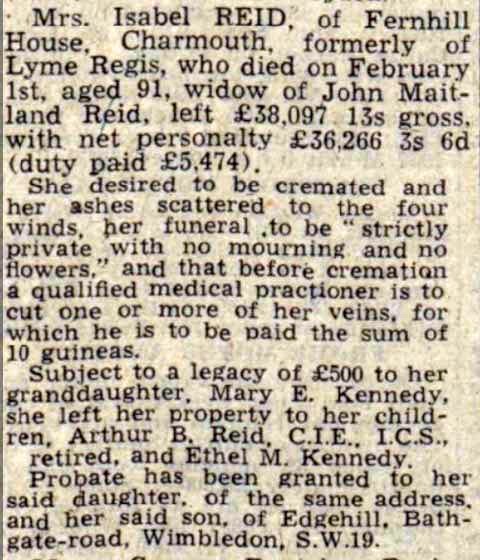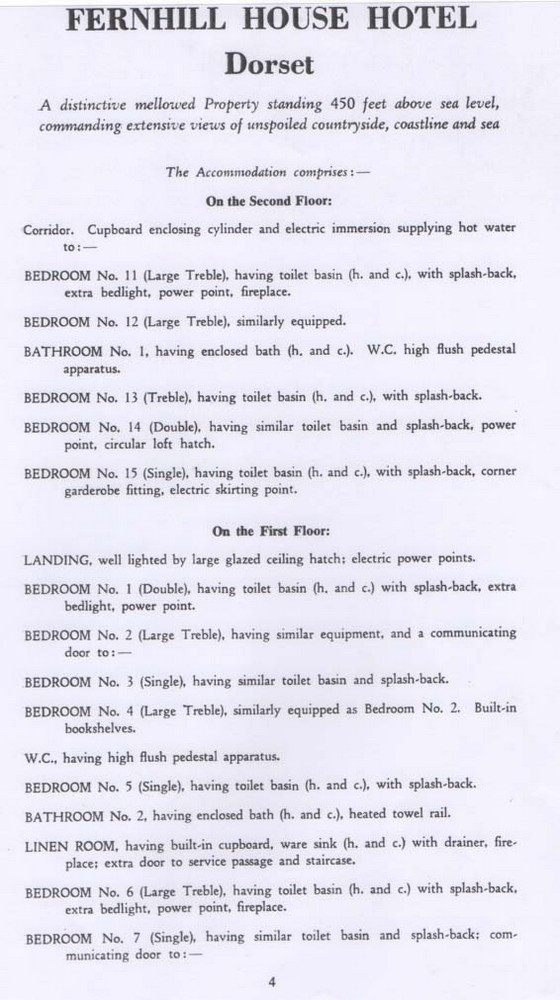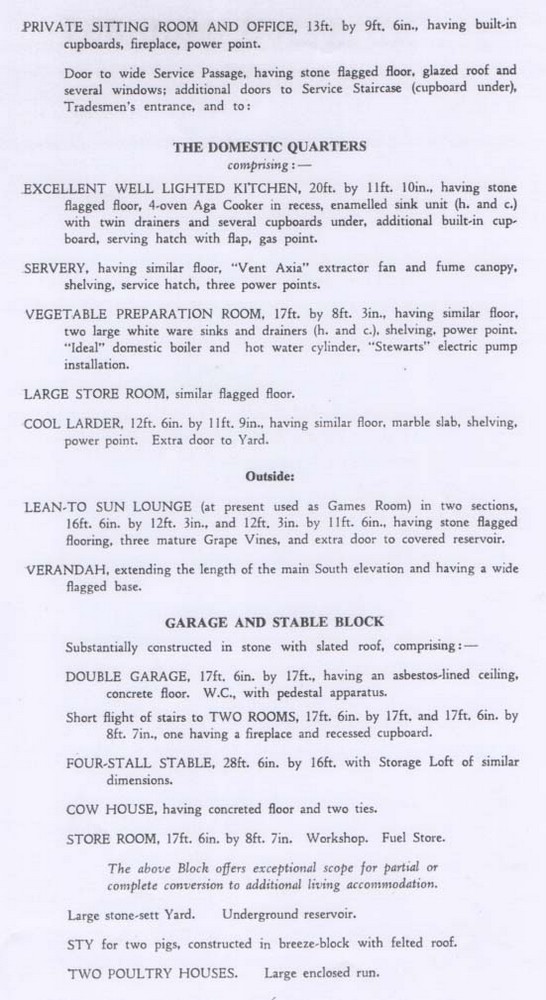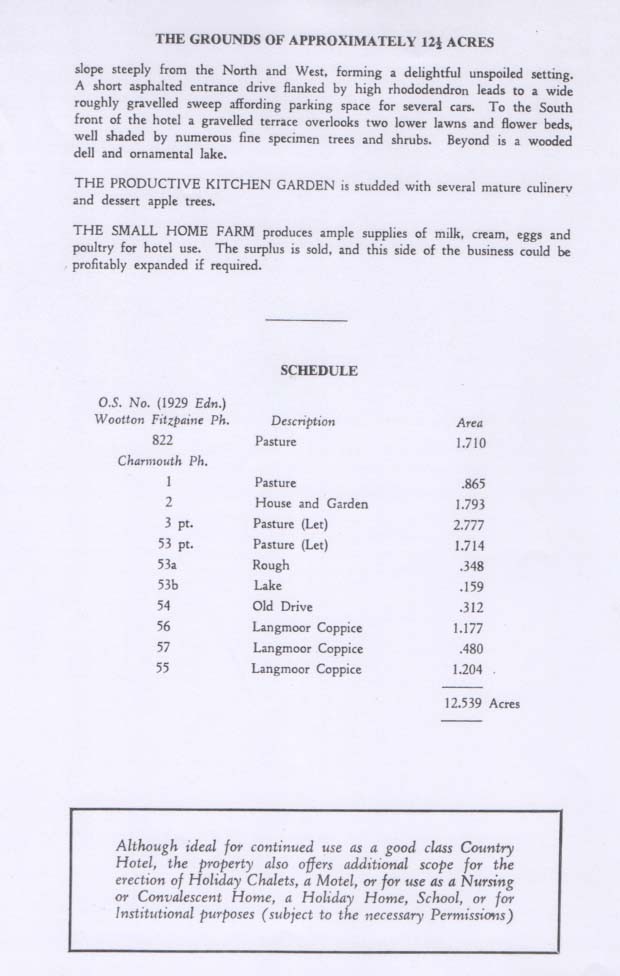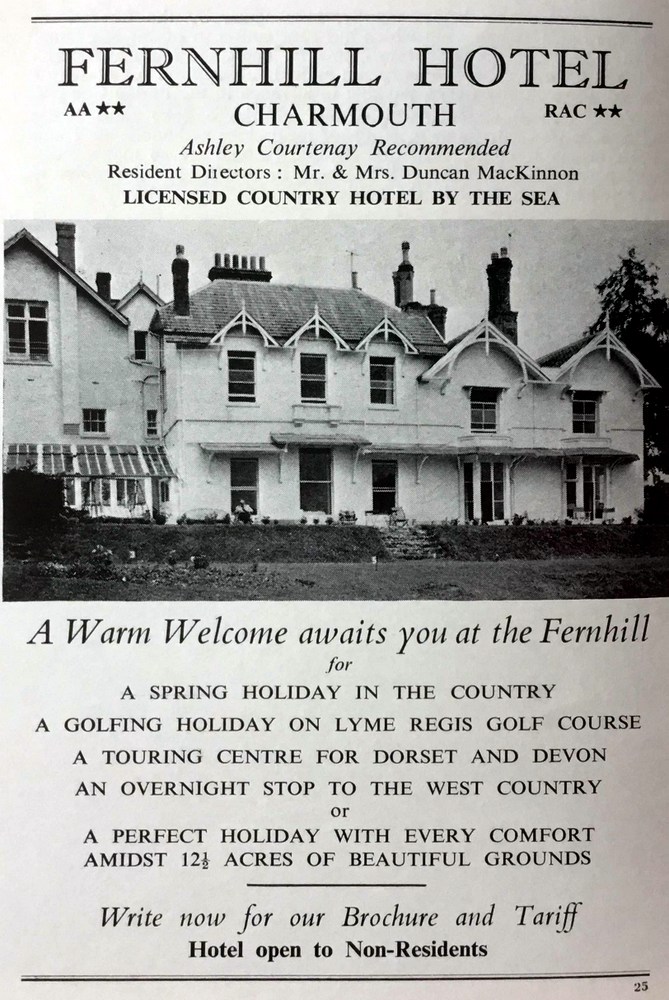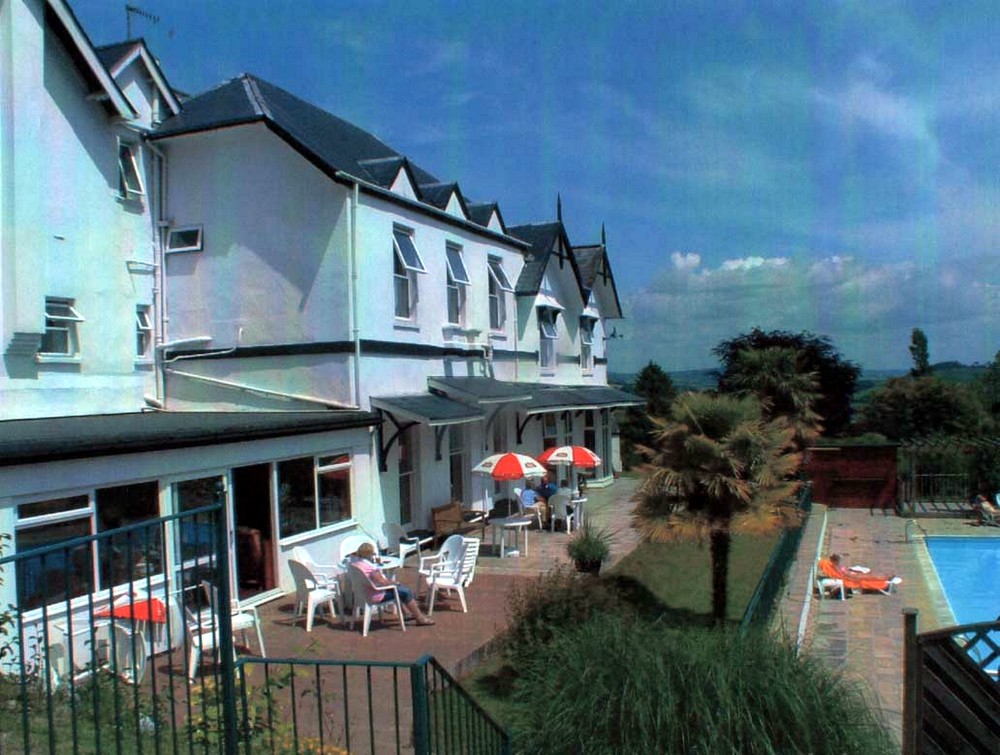 |
Fernhill House Hotel, Charmouth |
Scroll down to find out more
Click on Charmouth Home to return back. |
|
Fernhill House stands today in an elevated position as a Hotel set back from the road that leads to Lyme Regis on the western fringe of Charmouth. It has an astonishing history which I hope to reveal in this article. It’s claim to fame lies with three national figures associated with it in the 19th century. These are (1) James Harrison who discovered the first Dinosaur in the Country. (2) Captain Frederick Marryat who was a famous author and wrote many books including “Children of the New Forest” (3) Annie Besant née Wood - a British socialist, theosophist, women's rights activist, writer and orator who was inspired by Ellen Marryat who ran a school there.
The earliest section of this house dates from 1845, but the land it sits on can be traced back even further to when Charmouth was owned by the Monks of Forde Abbey in the 13th century. It formed part of the area known as Langmoor, which according to A.D. Mills - “Place Names of Dorset” derived from “Long Moor or Marshy Ground”. The earliest reference is in the Forde Abbey Cartulary, where it is written as “Langmoreshegh”. In 1295 The Abbott of Forde wished to create a Borough in Charmouth and described the boundaries which included the following: “Grant also that every burgess may keep a draught animal in the common pasture, namely from the road adjoining the moor of Geoffrey Heron (Heyrun) extending west to the land of Stephen Pain (Payn) and along the bounds of Stephen's land as far as the ditch on the land formerly of Robert Russell (Rosel) and from this ditch up to Langmoresgeth”. After the dissolution of the Abbey at Forde in 1539, most of Charmouth was owned for many centuries by the Lord of the Manor. The first of these was Sir William Petre who carried out a comprehensive Survey of the village in 1564 which still exists. It was his son, John who sold many properties in Charmouth and the balance of the Manor was bought by William Pole of Shute, near Axminster in 1575. The field was later purchased by the Mabell family in the 17th century according to a later document. It relates as follows:” all that piece of ground formerly enclosed by Edward Mabel of about 3 acres converted into an orchard lying at Langmoor”. It then goes on to record that it was his daughters – Elizabeth and Thomasina Mabell who inherited it and in turn sold it to Thomas Rose Esq. The 1664 Hearth Tax has Edward owning one of the larger properties in the village with 3 chimneys. The parish records show that he was born in 1630 in Charmouth. One of his daughters Joane (born in 1655) married Rev. Joseph Bragge, Rector of Charmouth in 1673. The subsequent owner of Fernhill was the wealthy, Thomas Rose (1679-1747) who was Sheriff of Dorset in 1714 and lived at the Manor House in Wootton Fitzpaine. A portrait of him recently came up for Auction at Lawrences and is reproduced here. |
|
|
On his death in 1747, the orchard that was to become Fernhill at Langmoor was bought by Jacob Burrow, a Charmouth Blacksmith. At the same time, he also bought two tenements that had formerly been owned by Rose, on the site where 1-3 Hillside were later to be built. The Poor Rates for 1754 show him paying 3d. for his own house and Trevats(?) and 6d. separately for Langmoor. His brother, Samuel Burrow was paying 3 1/2d for Parsons Estate (The Elms), 4d. for Watterses, Hodders (Rose and a Crown and The George). He was also paying 2 1/4d for his own house, Burgage and Langmoor. To pay for all these properties he borrowed £320 from Water Oke, a wealthy Attorney, living at Axmouth. In 1757 Jacob Burrow sold the Fernhill Orchard to his brother for £60. |
|
The deed for this has survived with other related documents in the Dorset Archives and it is described as “being of about 3 acres” – an area it was to remain through the centuries. Unfortunately, Samuel Burrows overstretched his finances and sells his estate to Walter Oke for just £400 in 1760.
It would appear a bargain was had by Walter, but he would not enjoy them for long as he died just 3 years later, aged 61, with his wife, Frances inheriting his properties in Charmouth until her on death long after in 1806. Today this estate would include The George, Rose and Crown (Swiss Cottage and Bluff Cottage), The Elms, Langmoor, Hillside and Fernhill - all for just £400 when purchased by her husband.
A Survey taken of the village in 1783 is very comprehensive and describes Langmoor Orchard as being valued at £6-17-6d and of 2 acres 3 roods 32 perches and belonging to Frances Oke. The same survey has Edward Farr with a House & Orchard formerly belonging to Burrows valued at £4 of 3 roods 15 perches. His wife, Elizabeth Farr (died 1804), was the only child and heiress of Jacob (died 1774) and Elizabeth Burrows (died 1800) who continued to own their house and a number of fields at Langmoor. The Burrows and Farrs lived in a tenement where 1-3 Hillside were later built. Barrs Lane is a corruption of Farrs Lane leading from The Street to fields at the rear of it.
The 1803 Poor Rates show Mrs Frances Oke owning fields including that at Langmoor. Her son in law, Thomas Shute was renting them from her. He and his wife lived in “Manns Tenement”, which is now called The Elms. The orchard on which Fernhill was to be eventually built was always referred to as “Farrs Orchard”, as they rented it from Mrs. Oke and owned adjoining fields in Langmoor. Before Thomas Shute died in 1814 he added an addition to his Will as follows, which highlights Fernhill
“Whereas since the making and the publication of my last Will and Testament in writing bearing the thirtieth day of June 1803, I have purchased all that one piece of meadow ground formerly purchased by one Edward Mabell deceased containing by estimation 3 acres or thereabouts more or less formerly an orchard lying at Langmoor and adjoined to the lands formerly of John Burridge Esq situate lying and being within the Parish of Charmouth aforesaid late the estate of Mrs Frances Oke of Pinney, deceased now I do herby give and devise all and singular The said Lands and hereditaments with the rents issues and profits Theron unto my Wife Frances Shute and heirs. Witnesses George Smith of Axminster, Attorney at Law, Priscilla Powell, John Edwards, servants to the said Thomas Shute. Proved 1814”. The Land Tax records show him and later his wife, Frances Shute as owners, until she died in 1824. Their fine tomb in the church yard and Marble Memorial inside St. Andrews have survived as a record of their years in the village.
|
|
Their Estate was inherited by their daughter, Rebecca whom had married the wealthy, Rev. Samuel Alford at Charmouth in 1803.They went on to have 13 children and lived at Heale House in Currey Rivel in Somerset, where he was Rector. It was his name that appears in the Land Tax for 1826, when he rents their former house, now known as The Elms to Richard Hawkins, and keep “Fernhill Orchard”, which is later sold to Rev. Richard John Marker, Rector of Uffculme. The records for this purchase has survived in the Record Office at Dorchester (D-Bir/Accession 4195). He was already living in Charmouth in 1836, when he gave £10 towards building the new church - one of the largest amounts that was raised. He died in 1855 and left a considerable estate to his son including a bequest of £10,000. The famous historian, Reginald Pavey writes:
“Mr. and Mrs Marker derived so much benefit to their health by living in Charmouth that they left the Fernhill Orchard to the Ecclesiastical Commissioners to form a trust for some local charity. The rent was to be applied annually in supplying blankets and clothing to the old and infirm poor, who were not in receipt of parochial benefit, and was called "The Poor or Marker Charity". The trustees readily secured suitable tenants. By a deed bearing date 22nd August 1837; conveyed to certain trustees a close of land. Thus, the property was not sold but passed from one tenant to another”.
|
|
The 1841 Census shows Richard Marker, aged 79, of independent means living in Charmouth in that year as a widower with his servant, Mary Wyatt, who later appears as a beneficiary in his will. The Tithe Map of the same year describes the piece of land as no.126 - Farrs Orchard - 2 acres 1 rood 27 perches owned by Markers Charity and rented to local butcher and farmer, John Hodges. There is no record of a house yet on the field. It would seem that it had been built by 1845, judging from a later lease. The likely tenant who went to the considerable expense of erecting a substantial house on the site was the wealthy heiress, Miss Ellen Maryat, then aged only 30. It was one of a number of Villas to be built in Charmouth at the beginning of the 19th century when with Lyme Regis it became very fashionable. It is very similar to 3 Hillside, designed by Sir Jeffry Wyatville, especially the curved stairwell that feature in them. Ellen was given a 50-year lease with a ground rent of just twelve pound a year, which would have been paid to the “Poor and Markers Charity”. She did not live there initially but sublet it. The first record we have is from the 1851 Census which shows that Reverend Samuel Carr (1791-1854) who was staying there at that time. He was Vicar of St Peter's, Colchester and came with five daughters and five servants. He was only there briefly as by the end of the year Mr. James Harrison and his wife had moved in. He added to the house now known as Fernhill, at his own expense, the billiard room and two bedrooms above it. W.D. Lang, Keeper of The Natural History Museum, who lived in Charmouth wrote of him as follows:
“James Harrison was born at Purley on the 6th February 1819. He was a student at St. George's Hospital, but was not strong enough to pursue a medical career, and gave it up, coming with his sisters to live at Charmouth in 1851. There he met Miss Elizabeth Ludlam whom he married in 1851, and lived at Fernhill which he rented from Miss Marryat, sister of Captain Marryat, the novelist. From Fernhill he moved to No. 3 Hillside. At Charmouth he collected the fossils of the district, and from time to time corresponded about them with the pioneer palaeontologists. He is best known as the discoverer of the earliest British dinosaur, which was named after him by Sir Richard Owen, Scelidosaurus harrisoni”.
This was a plant-eating armoured dinosaur that was alive in the Lower Jurassic, around 195 million years ago. It has only been found here at Charmouth and nowhere else in the world. Since then around 8 partial dinosaurs have been discovered, a mix of both adults and juveniles. The most complete specimen was found by a local fossil collector David Sole in 2000.
|
|
During the 1850s, James found fossils from the cliffs of Black Ven between Charmouth and Lyme Regis, that were quarried for raw material for the manufacture of cement in the Cement Works owned by George Frean and operated by his son in law, Michael Morcome. Some of these he gave to the collector and retired general surgeon Henry Norris who lived at The Elms. In September 1855 James Harrison moved to 3 Hillside in Charmouth where he lived until his death in 1864 and Fernhill was auctioned. The details of the house at that time are as follows:
Mr. Marsh has received instructions to sell by Auction at The Mary, London, on Thursday, October 11th, at twelve (unless previously disposed of by private contract), - the detached and modern residence distinguished Fern-Hill House, most delightfully situate in the much-admired village of Charmouth, sheltered by noble hills, in the midst of most beautiful Woodland scenery, commanding an uninterrupted view of the adjacent Country and the sea. The house, which is most substantial built on the Villa style, contains seven principal and secondary bedrooms, dining, drawing room, and library, and all requisite domestic offices, coach house, sailing, and other outbuildings, a capital kitchen garden well supplied with water, sloping lawn, with green house, and small paddock, extending in all to about three acres. The Property is held for an unexpired term of 50 years, from the 29th September 1846, at the nominal ground tent of £12 per annum. May be viewed on application to Mr. Carter, at the Post-Office, Charmouth, and particulars, with conditions of sale, obtained of Messrs, White, Broughton, and White, solicitors, Great Marlborough Street, Regent Street, also of Mrs Carter and at the Coach and Horses, Charmouth. 29th September 1855. - Salisbury and Winchester Journal.
Miss Ellen Marryat retained the 50 years lease and is shown as living there soon after. She was the youngest of fifteen children of Joseph and Charlotte Marryat, the wealthy owners of Wimbledon House, Parkside. Lame and very serious, she stayed at home as companion to her widowed mother and nursed her famous brother, Captain Frederick the novelist, in his last illness. Soon after her mother’s death in 1854, she moved to Charmouth in Dorset and opened a small school at Fernhill. One of her pupils was Annie Besant (1847-1933), one of the most remarkable British women of the late nineteenth and early twentieth centuries. A gifted public speaker and prolific writer, she campaigned for free thought, birth control, improved education, and women’s rights. She later remembered Ellen’s genius for teaching and great beneficence to the neighbours. |
|
Ellen was to die in 1901 aged 91 and was buried in the family tomb next to St. Mary’s Church, Wimbledon. The 1861 Census has Ellen Marryatt, aged 46 as head of the house at Fernhill in that year living with her 5 year old nephew, a scholar and six servants.
Her brother Captain Frederick Marryat ( 1792-1848) was very famous in his day. He entered the Navy at the age of 14 and served with distinction in many parts of the world. Before retiring in 1830 with a captain’s rank. |
|
He then began a series of adventure novels. These included The Kings Own (1830) Peter Simple (1834) and Mr. Midshipman Easy (1836). He also wrote a number of children’s books including The Children of The New Forest (1847), a story of the English Civil Wars, a classic of children’s literature and has been serialised a number of times on television. One of his daughters, Emilia married Doctor Norris, mentioned earlier in 1865. She was a famous author in her own right and her mother lived for a time with her as is shown in a newspaper advert for the new Cottage Hospital instigated by her son in law on whose committee she stood in 1867. The hospital was just below the New Inn at the top of the Street where Charm and Heron Cottages are today. Another daughter, Caroline Celia Marryat was to marry George, son of Dr. Henry Norris a year earlier at St. Andrews Church.
In 1867 Ellen Marryat left Fernhill and rented it to Captain Campbell Munro. He was the second son of Sir Thomas Munro, an Anglo-Indian soldier of great distinction, who became Governor of Madras in 1820, was made a baronet in 1825, and died while still Governor, in 1827. Campbell Munro also began life as a soldier. After retiring from the Army, he came to live at Fernhill. He was married to Henrietta Drummond of Fairfield House, Lyme Regis where they later moved. They had 8 children and built the nursery wing on to the house as a result. When they left Fernhill in 1879, their contents and furnishings were auctioned.
The next chapter in the history of Fernhill is that of the Eliot family. In 1868 George Edward Eliot married Agnes Charlotte Marryat at Mapperton, near Beaminster. It was witnessed by William Eliot and Colonel George Marryat. When Ellen Marryat died in 1905 after a long life it was George, her nephew that she left her estate.
In 1879 Major General John Eliot, then aged 58 moved into Fernhill with his wife, Katherine and four of his children. Whilst there he bought the adjoining fields. He had hoped to purchase the freehold and in 1885 he offered £750 to the owners, The Ecclesiastical Commissioners. By then the house had fallen into great disrepair and the trustees, Capt. Bullen and Dr. Norris, were anxious to sell. The Charity Commissioners refused to allow this, as they did not regard the amount offered as enough. it had just 11 years till the end of the 50-year lease, when it would revert back to the commissioners who were still receiving the £12 ground rent. John was to die the following year. He had played an important part in the life of the village and it is he and George Pavey that we have to thank for the present-day tennis courts which were started about 1880 by them. His son, Henry John married Miss White, only child of Rev. W.H. White, rector of Catherston and they were to live on in the village, first at Gresham House and later at 3 Hillside. He had spent some time in Canada, where he had met Buffalo Bill. When Buffalo Bill visited England with his Wild West Show, Eliot went to see him and asked if he remembered him. Buffalo Bill replied that he was unable to do so, and Eliot begged him to lend him his hat. With the wide-brimmed cow boy hat on his head he was at once recognised.
|
|
The next occupant of Fernhill was Sir Lionel Smith Gordon, who appears in the 1891 Census aged 58. He fought in the Crimean War where he gained the rank of Captain in the 71st Light Infantry. He later fought in the Indian Mutiny. The Bridport News in 1895 records the marriage of Dr. Barnes of Castle Hill House, Axminster to Charlotte, second living daughter of Sir Lionel Smith Gordon, Fernhill, Charmouth. When Sir Lionel left in 1898, the trustees finally made the decision to sell the freehold and had to accept an offer way below what they had earlier been offered. The new owner was James Hargreaves who quickly resold it to John Kennedy and made a profit of £300 on the deal. By then it was in a terrible state and over £500 had to be spent before he could live there. The sanitation was primitive, and the kitchen chimney ran horizontally the full length of the house and was cleaned by a cannon ball. The right of way through the property was exchanged for a portion of the field adjacent to Langmoor by the owner of that property. |
|
|
The 1901 Census shows Rev. John Kennedy, aged 53 as a retired school master living at Fernhill. Six years later he met and married Ethel Mary, aged just 25, elder daughter of John Maitland Reid, of Fountain Mead, Charmouth. They were to have 3 children - Katharine, Mary and John. Tragically the newspapers record that he accidently killed a neighbouring farmers son in 1912 whilst shooting rabbits at Befferlands Farm. He died in 1931 aged 84 and his widow continued to live at Fernhill with her family until 1950, when she moved to Grasmere house in the village. She lived there with her daughter Katharine until her death in 1973. Her son, John Reid Kennedy married Diana Margaret Pass in 1954. She was one of five daughters of Douglas Pass, who lived at Wootton Fitzpaine Manor and owned a considerable estate of 4000 acres surrounding it. They had three children during their marriage. She died in February 1998 aged 83. Her aunt Emily, sister of Olive Heycock who married Douglas Pass lived in the neighbouring property, Dolphin House for a time.
With the departure of the Kennedy family after 50 years of living at Fernhill, the house took on a new role, that of a Hotel. It had many advantages with its size, location, nearby golf course, surrounding countryside and coastal position. The annual Electoral Roll provides details of those living there and names change regularly. Although this may be due to the hotel being managed at times and the owners not living there. This was the case in 1964 when the electoral roll shows Dennis and Betty Dungey, whereas it is clear from correspondence at the time that J. S. Greenhalgh was running it.
|
|
The list is as follows, but is open for correction as further information comes forward.
1951 Hebe and Annie Lang, 1952 Henry and Margaret Carmichael, 1953 Henry and Emily Wickham, 1957 Percy and Elizabeth Colby, 1958 Anne Gove, 1961 Hugh and Sarah Mace, 1965 Dennis and Betty Dungey, 1965 Duncan and Joan Mackinnon, 1971-1980 Charles and Valerie Batley, 1980 – 1985 Stewart Fleming, 1985-1990 Trevor, Susan and Sandra Lloyd, Tony and Sally Pawson and Emma Lloyd,1990-1995 Terence and Debra Bridges, 1995-2005 Browen Cound, Ann Jayne, John and Julia Hancock, 2007 – to date Joanne and Robert Illingworth.
The present owners kindly showed me a brochure of when Fernhill came up for auction in 1957, not long after it opened which is extremely detailed and gives the reader an insight into how it was operated at that time. It had 15 bedrooms all with hot and cold water, 3 bathrooms, 2 lounges, Games Room, 4 private rooms and a modern kitchen. There was a large dining room for at least 60 people. In the 12 1/2 acres of grounds there was a garage, stable block and a small home farm. It was sold by Percy and Elizabeth Colby for £7500.
The hotel advertised annually in the local guide with a page advert and a description of what it could offer. It was described as “
a Country House hotel with 17 bedrooms, hot and cold, residential bar, TV lounge, other lounges, central heating. Standing in 12 acres woodlands, fields, produce, garden, lawns, tennis, croquet, riding, boating available. Also transport station. Golf course adjoins”.
|
|
A letter has survived from the time it was run by J.S.Greenhalgh In it he writes to a client “During the winter months a great deal of improvements have been carried out including redecoration, refurnishing, and new fitted carpets have been laid throughout and the kitchen quarters modernised. An attractive Cocktail Bar lounge has also been fitted”. He quotes a figure of 15 guineas for a room if they go ahead.
The original Victorian Villa and area around has seen many changes over the years including additional buildings and a swimming pool. It still retains many of its original features and is run today as a successful Hotel attracting visitors from all over the world who enjoy all it has to offer.
I wish to thank Joanne Illingworth and Harriet Gamwell at Fernhill for their invaluable assistance and enthusiasm which encouraged me to research the fascinating history of this remarkable building. |
There follows a more detailed record of the history of Fernhill with relevant documents. |
|
An extract from Thomas Rose extensive Will of 1748 covering a vast number of lands and properties including Wootton Fitzpaine. He leaves to his Grandson, William Drewe, fifth son of his dughter, Mary Drewe all his lands and houses at Aurthill in the parishes of Burton and Swire in Dorset and also his lands and houses as freehold and leasehold in the parish of Charmouth in Dorset. |
|
1805 Poor Rates show Mrs Okes owning a number of fields including the field at Langmoor. Her son in law, Thomas Shute is renting them from her. |
|
Family Tree for the Shutes showing how they were related to the Okes and Smiths. |
|
1807 Poor Rates show Thomas Shute renting fields from Executors of Mrs Frances Oke. |
|
1808 Land Tax shows Thomas Shute with his properties |
|
1824 Poor Rates shows Mrs. Shute with Houses, fields |
|
1826 Land Tax shows Reverend Samuel Alford, husband of Rebecca, daughter of Thomas and Frances Shute as renting The Elms to Richard Hawkins and Farrs Orchard, later to be where Fernhill was to be built as valued at 1s 5d. |
|
The Elms, where the Shutes lived in Charmouth, now the Parish Council Offices. |
|
Whereas since the making and the publication of my last Will and Testament in writing bearing the thirtieth day of June 1803, I have purchased all that one piece of meadow ground formerly purchased by one Edward Mabell deceased containing by estimation 3 acres or thereabouts more or less formerly an orchard lying at Langmoor and adjoined to the lands formerly of John Burridge Esq and also all that Orchard formerly commonly reputed a Burgesss or piece of ground and in the tenure of one George Comins and William Comins deceased and afterwards of Clement Joyner all which said premises are now in my occupation and are situate lying and being within the Parish of Charmouy aforesaid late the estate of Mrs. frances Oke of Pinney, decsaed now I do herby give and devise all and singular The said Lands and hereditaments with the tents issues and profits Theron unto my Wife Frances Shute and heirs. Witnesses George Smith of Axminster, Attorney at Law, PriscLla Powell, John Edwards, servants to The said Thomas Shute. Proved 1814 |
|
Frances Shute Will 1824 mentions Piece of meadow enclosed by Edward Mabell containing 3 acres formerly an orchard at Langmoor formerly of John Burridge in my occupation.Dwelling house which was purchased by late husband Thomas Shute of Samuel Paul and 3 acres behind the house which husband purchased off executors of Mrs.. Oke in my occupation into Henry Alford and Benjaimn Cleave of Crediton.Plate, furniture etc to daughter Rebecca Alford. 1824 Rebecca Alford wife of Rev. Samuel Alford. |
|
|
R.S.Marker Esq, Uffflence, mr Wellington, Devon 1837
.We return you their payment for ... and am sorry we have delayed it for so long. It has been in Mr. Septimius Smiths hands for approval on behalf of his niece. We enclose your extract from the Wills of George Smith and his daughter as supplied now by Mr. Septimius Smith. Are obliged by your .. relative to Miss Smiths executric of the conveyance - we of course undertake that she shall ... - we shall be ready with the ... copies as you requested. The contract we spoke of was given up to Captain Morris of Charmouth in his purchase of Mann’s Tenement - held under the lease(mortgage) .. from Samuel Burrows - but we have requested Mr. Alford of Hea.. to endeavour to procure a copy from him for your use. When you send us the ... please say what day will suit you to meet at Taunton to complete the purchase. We believe any day will suit us after 25th .. not be able to attend personally, we purchase the money .. and the .. exchanged by .. as mother living at Taunton. Unless you have any legal point to confer on .. for Mary and self |
Rev. Richard John Marker (died 1855), Rector of Uffculme, Devon, of Yondercott House, Uffculme. He occupied the honourable position of Recorder of Bradninch 1818-1855, and his armorials are shown in a stained glass window in Bradninch Church. In 1847 he expended £3,400 of his own funds to rebuild the tower and spire of St Mary's Church, Uffculme, and also donated the great bell and clock. His heir was his son-in-law Rev. George Townsend Smith (1795–1874), son of Rev. George Smith of Ottery St Mary and Curate of Upper Ottery (1818–33) and Vicar of Uffculme (1833–1874) and husband of Margaret Frances Marker, whom he had married at Aylesbeare in 1834. In 1855 he assumed the surname Marker in lieu of Smith, in accordance with the terms of his inheritance. ] The arms of Marker survive in a stained glass window in Uffculme Church. |
|
1841 Census has Richard Marker living in Charmouth with his servant Mary Wyatt who later left £600 in his will. |
|
R.J.Marker gave £10 towards the new Church at Charmouth in 1835 |
|
Reverend Samuel Carr (1791–1854), MA, Vicar of St Peter's, Colchester. Samuel Carr (died 1854, aged 63, at Colchester) was Fellow of Queen's College, Cambridge, 1817, curate of Loys Weedon, Northamptonshire, 1815, vicar of Great Eversden, Cambridgeshire, 1825, rector of Little Eversden, 1825-1854, and vicar of Colchester, St Peter, 1830-1854. He edited the early writings of John Hooper, Bishop of Gloucester and Worcester. For further biographical details, see Alumni Cantabrigienses. |
|
1851 Census shows Rev. Samuel Carr, aged 50 staying at Fernhill with his family at that time. His wife was Martha Henning whosde family lived in Charmouth. |
|
Dorset County Chronicle 16 December 1852 |
|
23rd September 1854 |
|
Marriage of James Harrison to Elizabeth Ludlam |
|
|
|
|
|
A Display at Bristol Museum about the Charmouth Dinosaur |
|
29 September 1855 - Salisbury and Winchester Journal Mr. Marsh has received instructions to sell by Auction at The Mary, London, on Thursday, October 11th, at twelve (unless previously disposed of by private contract), - the detached and modern residence distinguished Fern-Hill House, most delightfully situate in the mic-admired village of Charmouth, sheltered by noble hills, in the midst of most beautiful Woodland scenery, commanding an uninterrupted view of the adjacent Country and the sea. The house, which is most substantial built on the Villa style, contains seven principal and secondary bedrooms, dining, drawing room, and library, and all requisite domestic offices, coach house, sailing, and other outbuildings, a capital kitchen garden well supplied with water, sloping lawn, with green house, and small paddock, extending in all to Bout three acres.The Property is held for an unexpired term of 50 years, from the 29th September, 1846,at the nominal ground tent of £12 per annum.May be viewed on application to Mr. Carter, at the Post-Office, Charmouth, and particulars, with conditions of sale, obtained of Messrs,White, Broughton, and White, solicitors, Great Marlborough Street, Regent Street, also of Mrs Carter and at the Coach and Horses, Charmough. 29th September 1855. - Salisbury and Winchester Journal. |
|
Emilia Marryatt (1835-1875) marrried Henry Edmond Norris at St. Thomas Church, Winchester in 1862.Emilia Marryat was born in 1835 in Plymouth, Devon. They had four children during their marriage. She died on 20 April 1875 at the age of 40. |
|
Marriage of George Robert Norris of Wivliescombe to Cecilia Marryat of Charmouth in 1866 |
|
Dr. Norris was the instigator of a hospital in Charmouth, just below the New Inn at the top of The Street. The Committee included Mrs Marryat (1800-1883), who was Captain Fredrick`s widow and mother of Emilia Marryat, wife of Dr. Norris. "One of those excellent institutions on a small scale is about to be established at this place, to be supported by voluntary subscription. A House has been taken, capable of receiving a few patients, in which a nurse will reside. It will be under the Superintendence of Mr. Norris, surgeon (originator of scheme) and a committee." 21st February 1867 |
|
In 1871 Henry Norris is shown living at The Elms with his wife Emilia Marryat, who is described as an authoress. |
|
The 1874 Directory has Miss Amelia Marryat living at Beauregard and Campbell Munro at Fernhill House and Henry Edmonds Norris at The Elms. |
|
Dorset County Chronicle 03 March 1859 |
|
1861 Census has Ellen Marryatt, aged 46 as head of the house at Fernhill |
|
The Marryats moved to the 100-acre estate of Wimbledon House, Parkside, in 1812. Ellens mother lived there until her death in 1854. Ellen Marryat, youngest of fifteen children of Joseph and Charlotte Marryat, the wealthy owners of Wimbledon House, Parkside.Lame and very serious, she stayed at home as companion to her widowed mother and nursed her famous brother, Frederick, in his last illness.On her mother’s death in 1854, she moved to Charmourh in Dorset and opened a small school.One of her pupils was Annie Besant, Freethinker and Theosophist, who later remembered Ellen’s genius for teaching and great beneficence to the neighbours. She did not not died until 1901 aged 91 and was buried in the family tomb next to St. Mary’s Church, Wimbledon. |
|
Emilia Marryat (later Emilia Marryat Norris; 1835?–1875) was a British author. The daughter of author Capt. Frederick Marryat and his wife Catherine, she was known as a children's author who wrote adventure novels infused with moral lessons in the style of her father. Some of her novels, including Amongst the Maoris (1874), are set in the Pacific and New Zealand. Amongst the Maoris is the first novel to take the Waikalo region of New Zealand's North Islands as a setting.Though two of her novels have Australian content, she is not known to have ever visited the country.]Her sisters Florence and Augusta were also authors: Augusta wrote adventure fiction (Left to Themselves: A Boy's Adventure in Australia (1878)), and Florence was a prolific author of sensationalist novels who also acquired a reputation for hanging out with spiritual mediums. |
|
27th June 1868 Bridport News |
|
|
|
13 June 1879 - Bridport News |
|
1871 Census shows Campbell Munro, aged 47 living at Fernhill. |
|
1881 Census has John Eliot, aged 60 living at Fernhill. |
|
The wedding of George Edward Eliot to Agnes Charlotte Marryatt at Mapperton, near Beaminster, Dorset on 8th July 1868. Witnessed by William Eliot and Colonel George Marryat. When Charlotte Marryatt was born in 1804, her father, Joseph, was 47, and her mother, Charlotte, was 31. She had eight brothers and six sisters including Ellen. |
|
10 June 1886 - Morning Post - London. reports the death of Major General John Eliot at Fernhill, Charmouth. Retired, Royal (Late Bengal) Artillery |
|
|
Indenture mentions Fernhill and adjoining fields Major Eliot had purchased. |
|
3rd February 1888 Bridport News |
|
21st September 1888 Bridport News |
|
1891 Census has Lionel Smith Gordon, aged 58 living at Fernhill |
|
14 June 1895 - Western Times He was also known as Lionel Eldred Smith.2 He succeeded as the 2nd Baronet Smith [U.K., 1838] on 2 January 1842.1 He fought in the Crimean War.2 He gained the rank of Captain in the 71st Light Infantry.2 He fought in the Indian Mutiny.2 On 5 February 1868 his name was legally changed to Lionel Eldred Smith-Gordon by Royal Licence. |
|
1905 Will for Ellen Marryat shows her leaving her estate to George Eliot, son of John Eliot who lived at Fern Hill from 1880-1888. He was at that time a retired colonel in H.M. Arm |
|
1901 Census showing John Kennedy, aged 53, retired School master living at Fernhill |
|
23rd February 1907. This newscutting shows Rev.John Kennedy, aged 59, living at Fernhill marrying Ethel Mary Reid, aged 26, of Fountains Mead in Charmouth. They were to have 3 children - Katharine, Mary and John. |
|
1911 Census for Fernhill has John Kennedy, aged 63 living at Fernhill. They had a son John Reid Kennedy, born in 1910 who lived until 2001 and daughter Mary Ethel Kenedy, born in 1909. Both were born in Charmouth. There was a 34 year age difference between John and his wife. |
|
09 July 1920 - Exeter and Plymouth Gazette |
|
A record of the death of John Kennedy in 1931, aged 84 |
|
31 December 1937 - Exeter and Plymouth Gazette. This is the son of John Kennedy |
|
12 July 1946 - Exeter and Plymouth Gazette |
|
Ethel Kennedy died in 1973, aged 92 and was still living at Grasmere, The Street, Charmouth where she moved in 1950 from Fernhill. |
|
The Pass family: L-R - Diana, Philippa, Mrs. Olive Pass. Joan, Colonel Douglas Pass, Honor Matilda, Katherine. It was Diana Pass who was to marry John Reid, son of John and Ethel Kennedy of Fernhill in 1954. His mother continued to live at Grasmere, Charmouth until her death. Berha Gayner, who was Katherine Kennedy`s Aunt lived next door at Dolphin house from 1946 and may explain Ethel Kennedy`s move from Fernhill. |
|
|
An Aerial view taken in 1957 of Fernhill, before it was altered and still had the large Greenhouse on its side. |
|
|
|
|
|
|
The Auction Catalogue when Fernhill was auctioned in 1957. |
|
An Advert from 1963 for Fernhill |
|
Letter from Mr. Greenhalgh in 1964 |
|
1966 Advert for Fernhill |
|
|
Staircase at Fernhill is very similar to that at 3 Hillside below designed by Sir Jeffry Wyattville. |
|
|
|
|
|

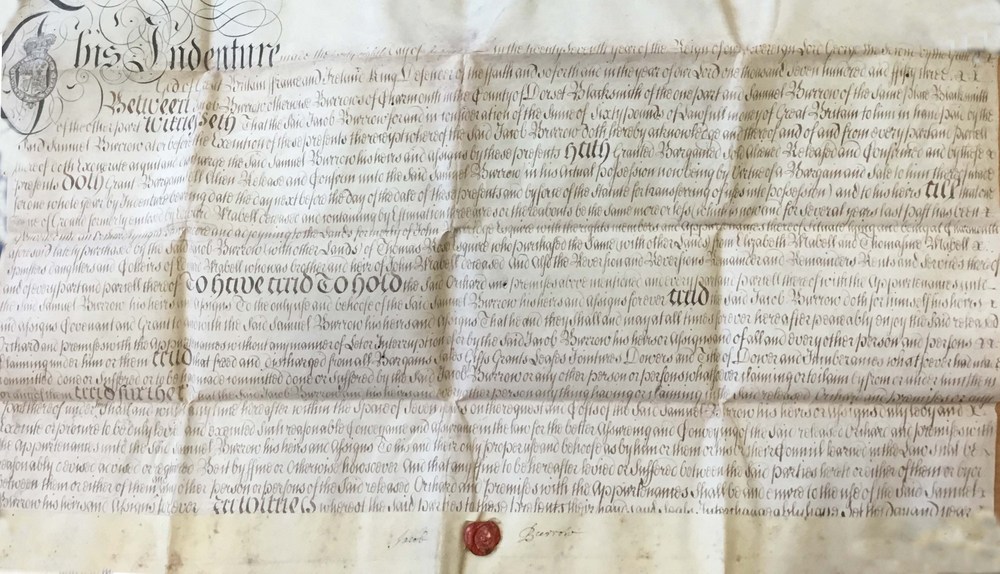
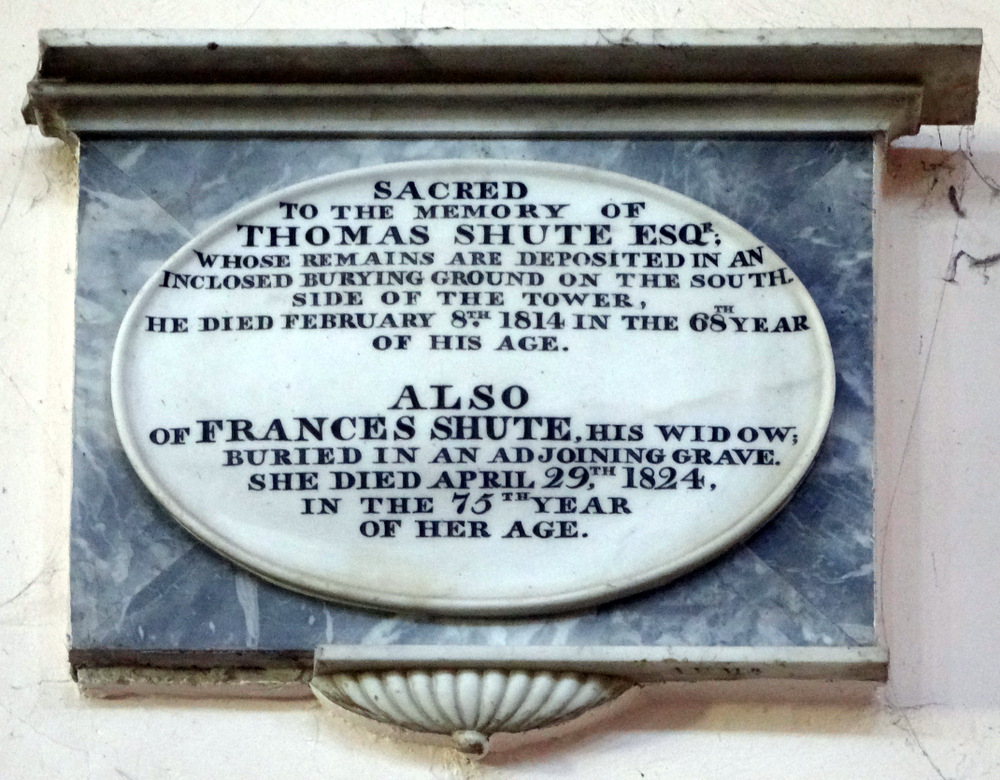
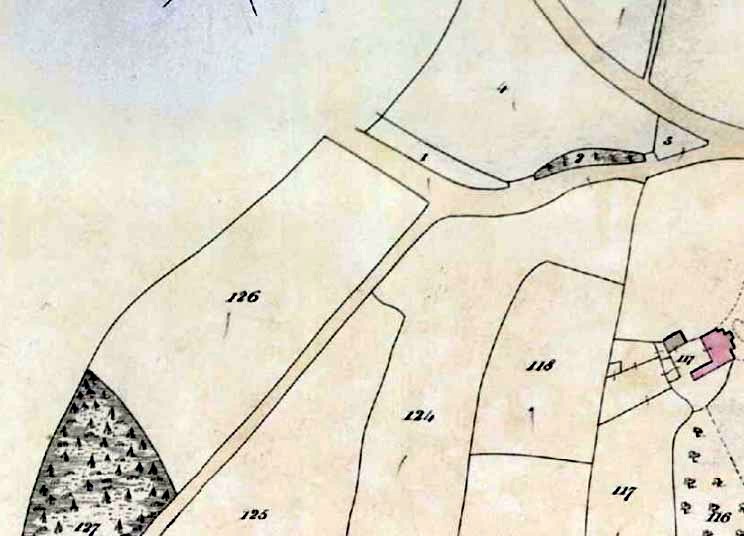

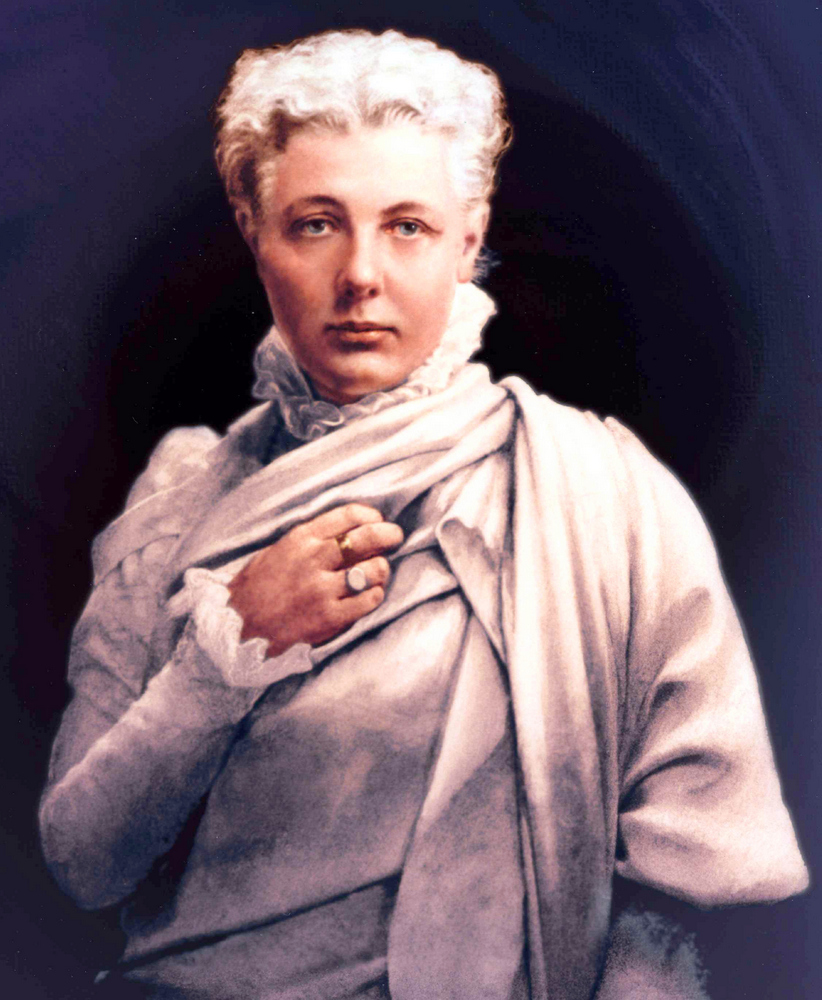
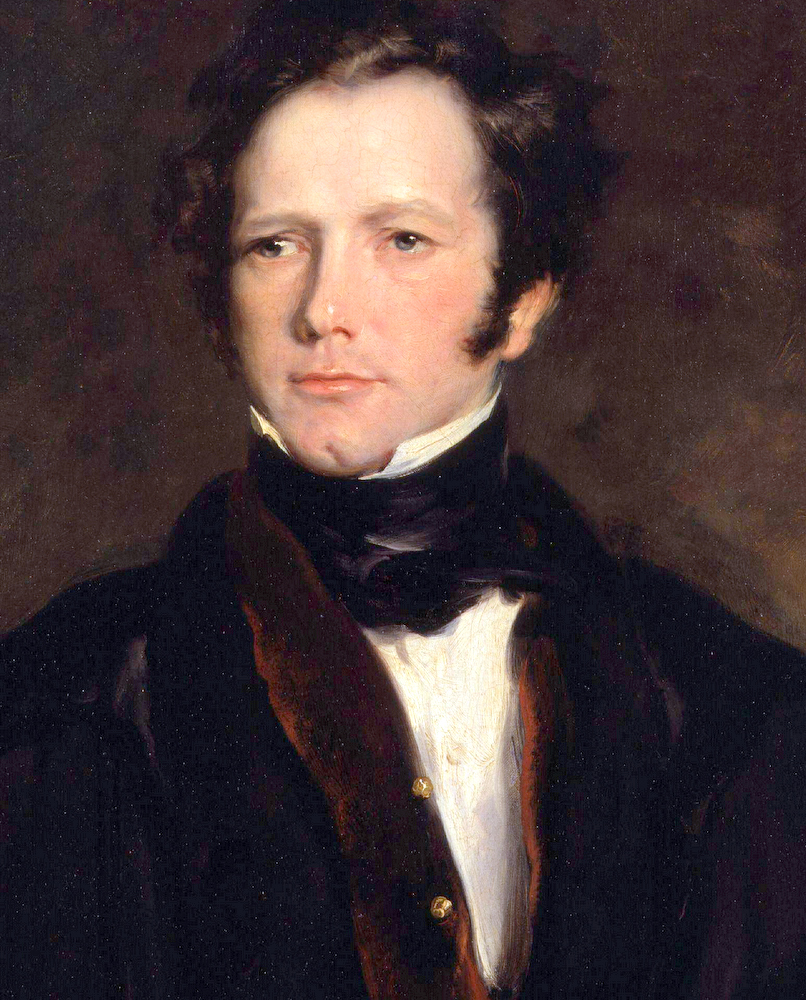
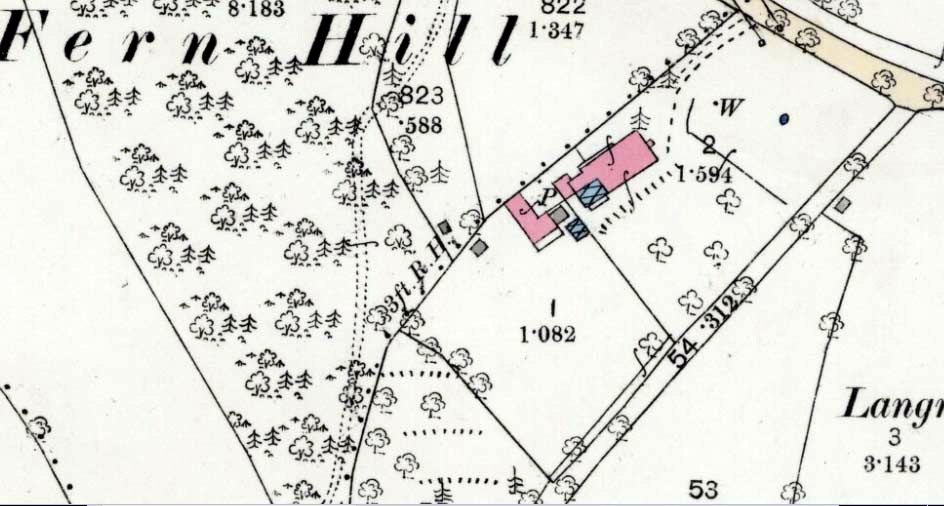
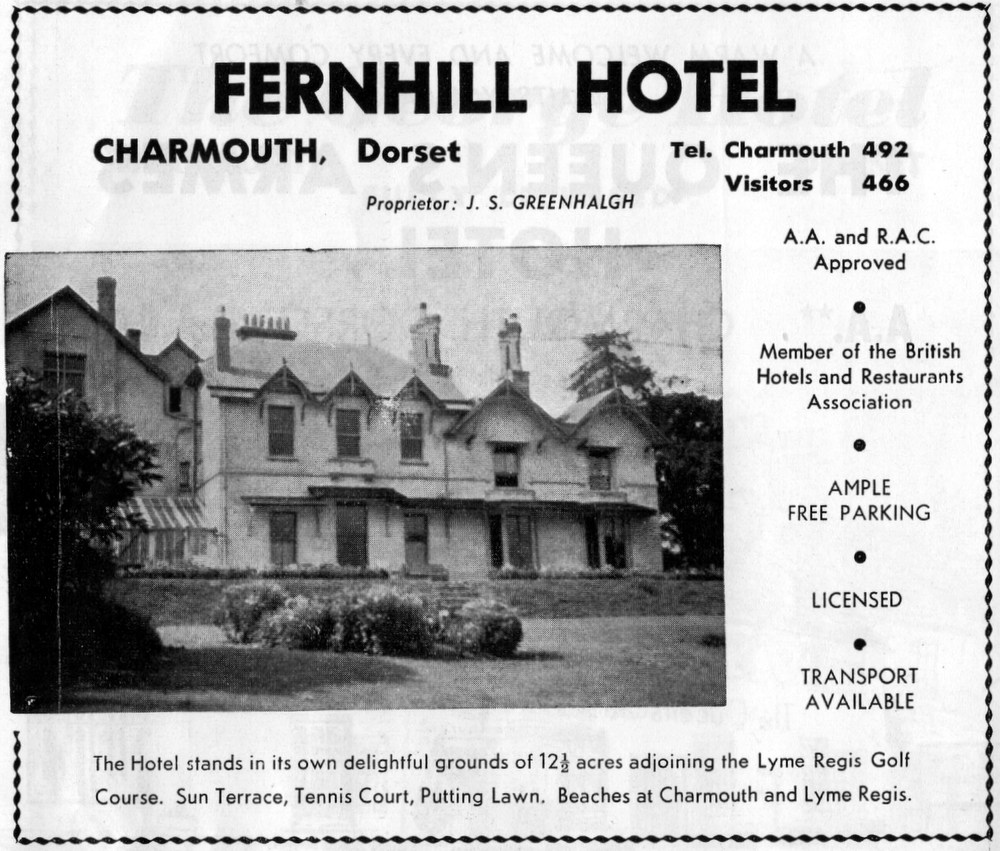
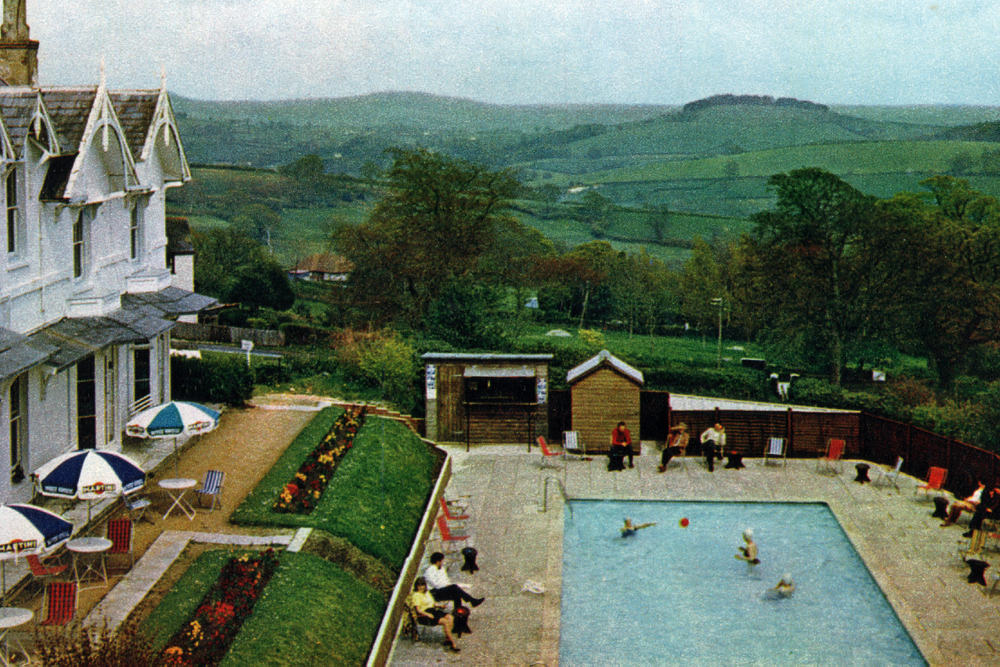
.jpg)

.jpg)




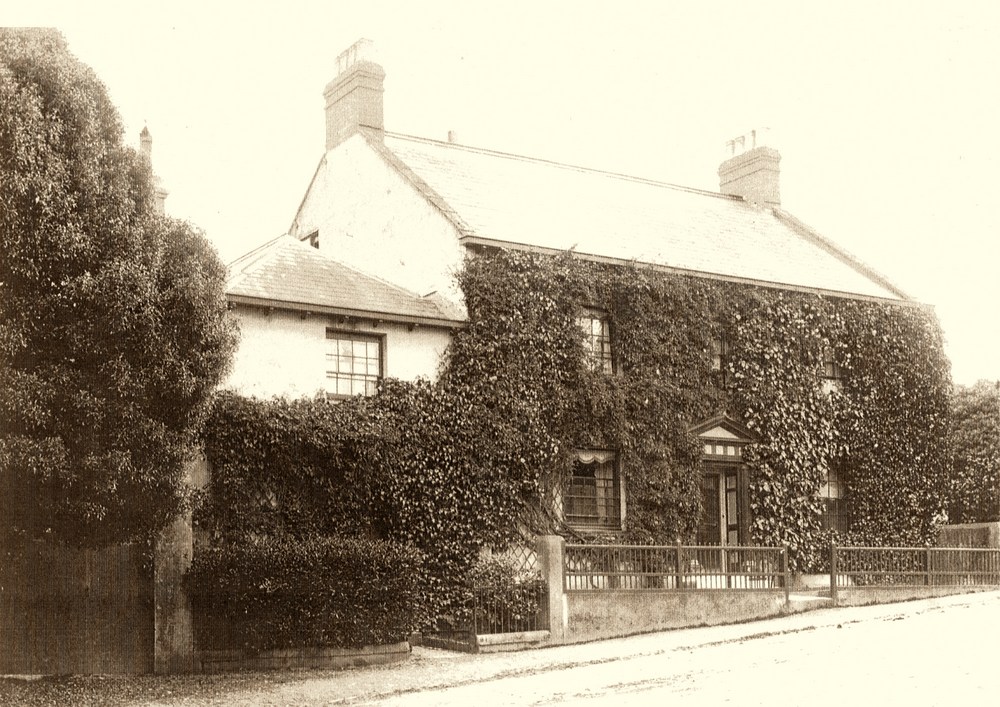

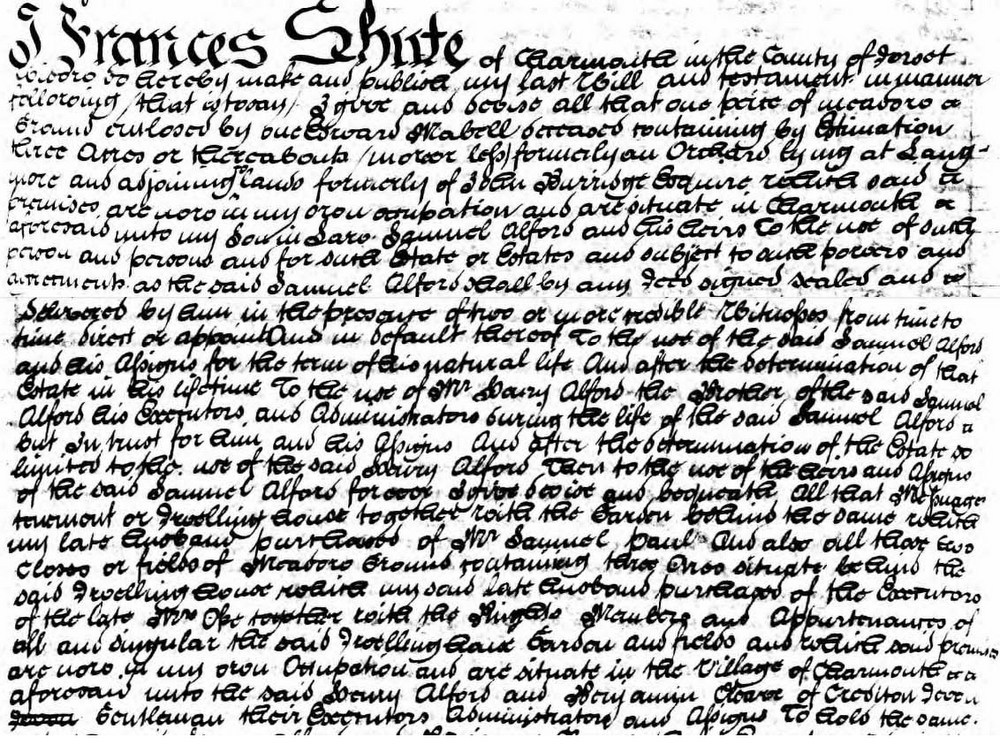
.jpg)









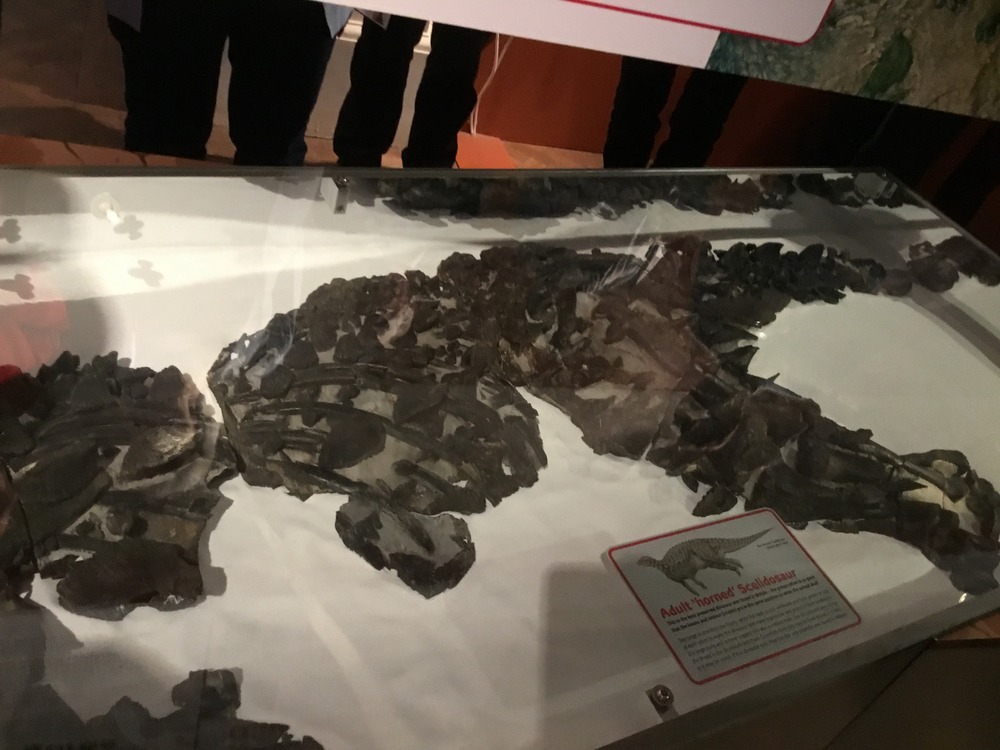

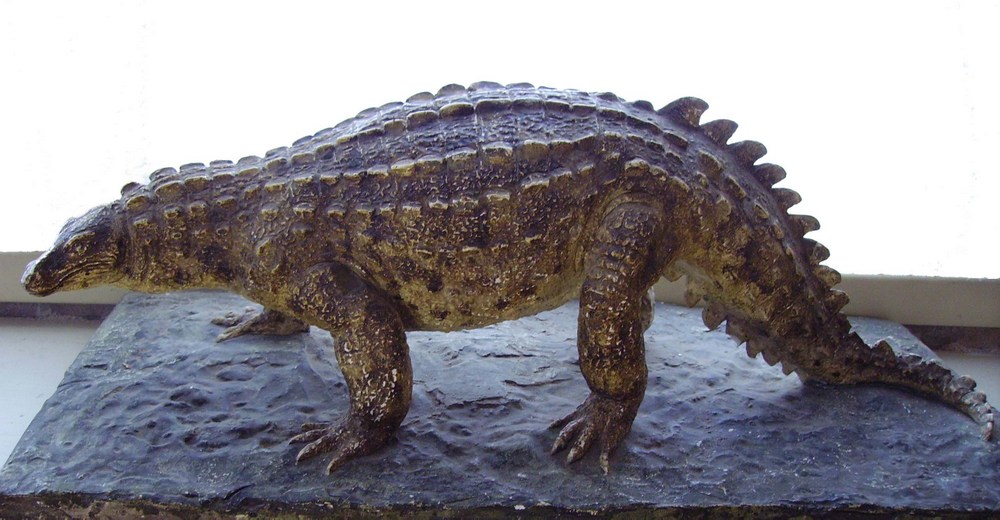


.jpg)


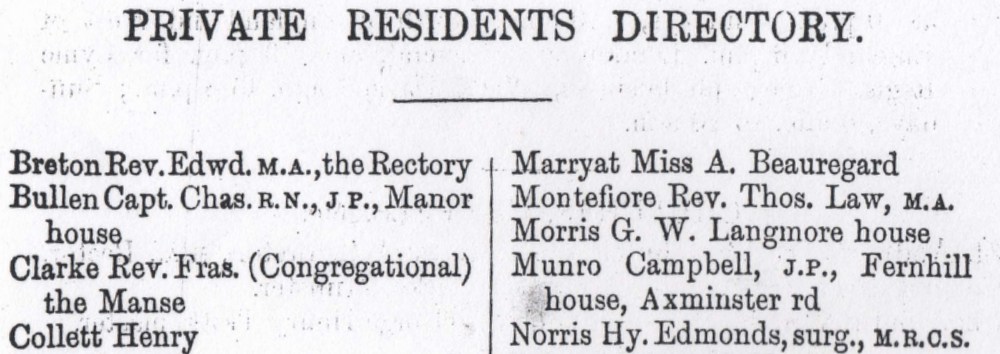
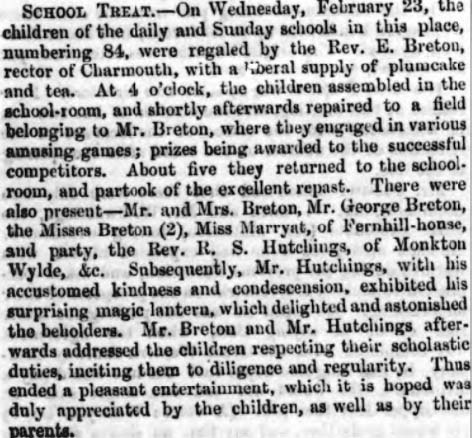




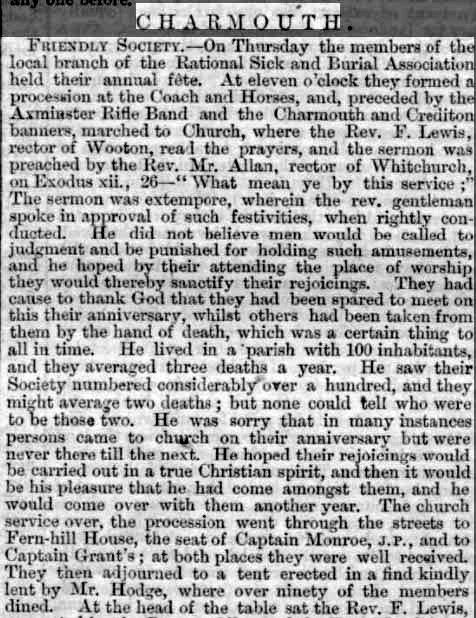

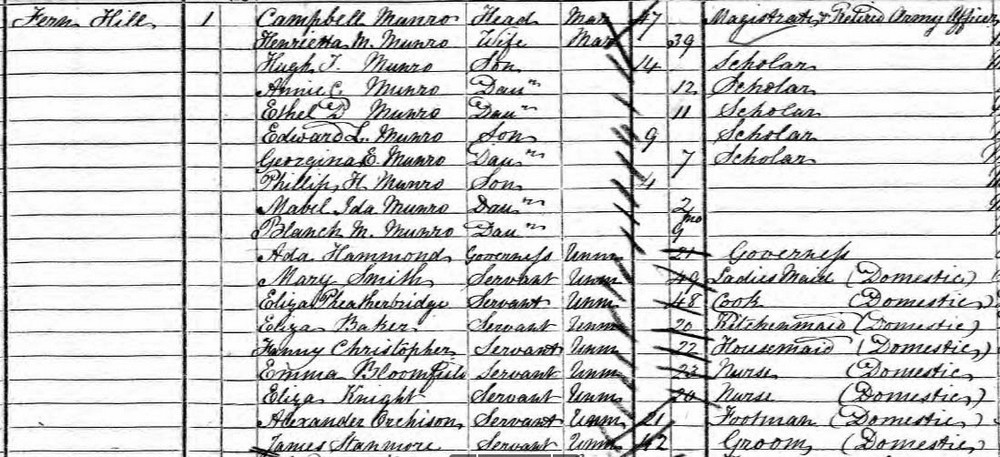



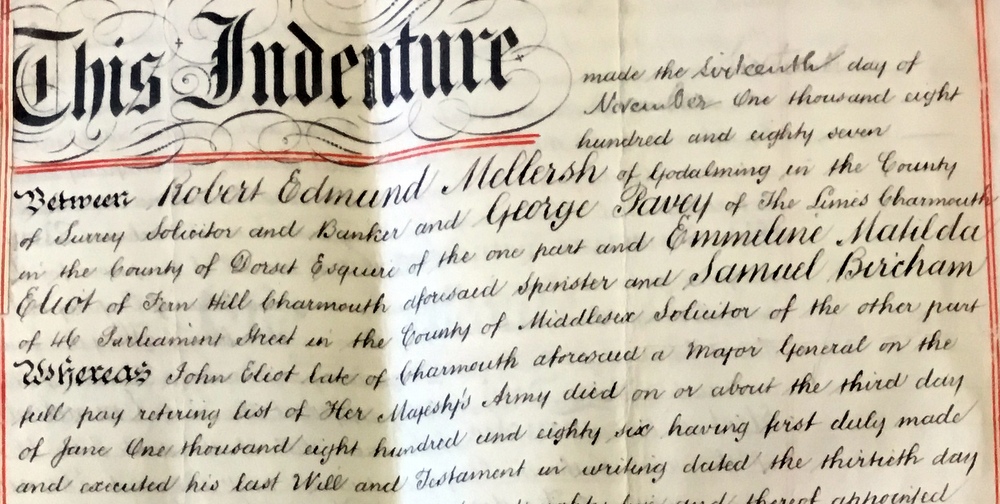
.jpg)
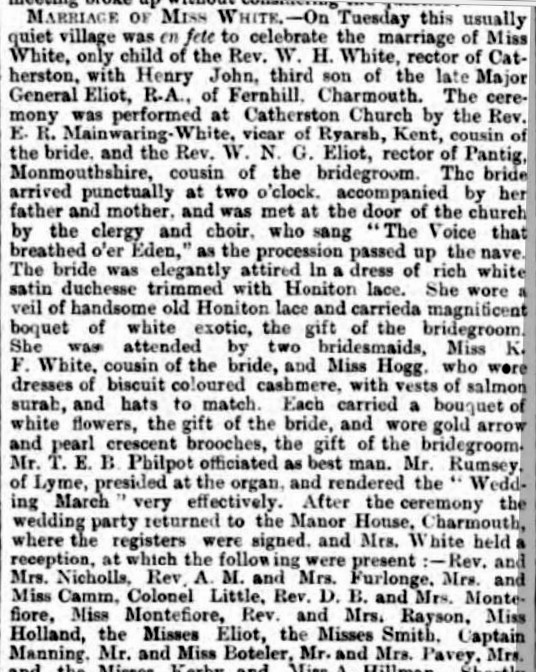
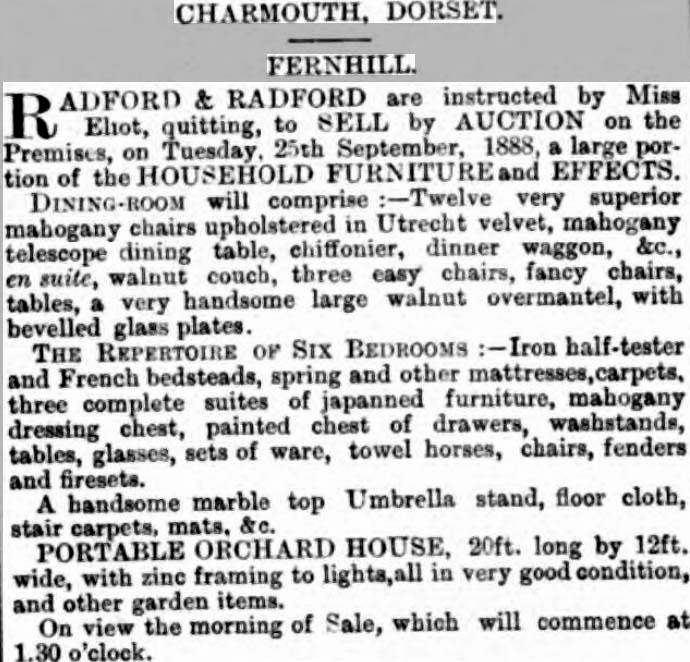






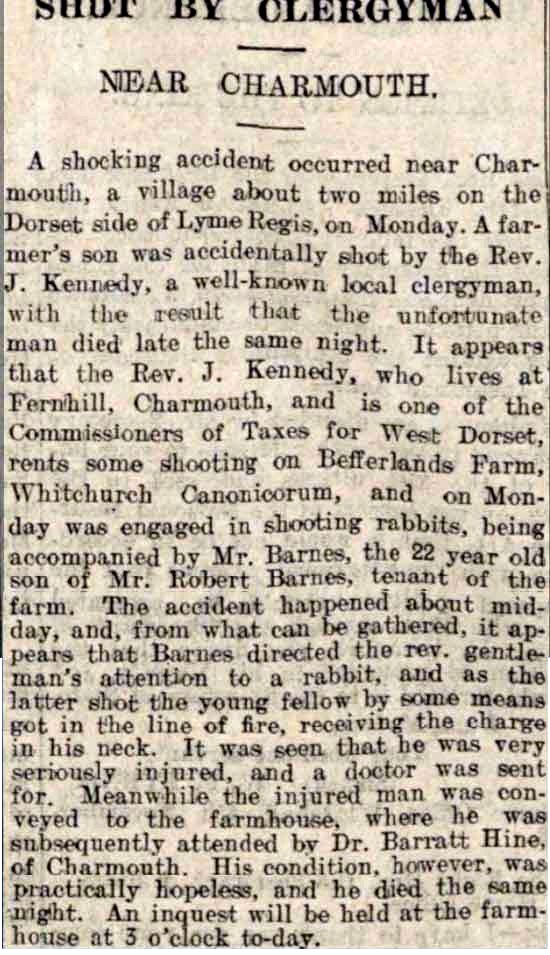
.jpg)

